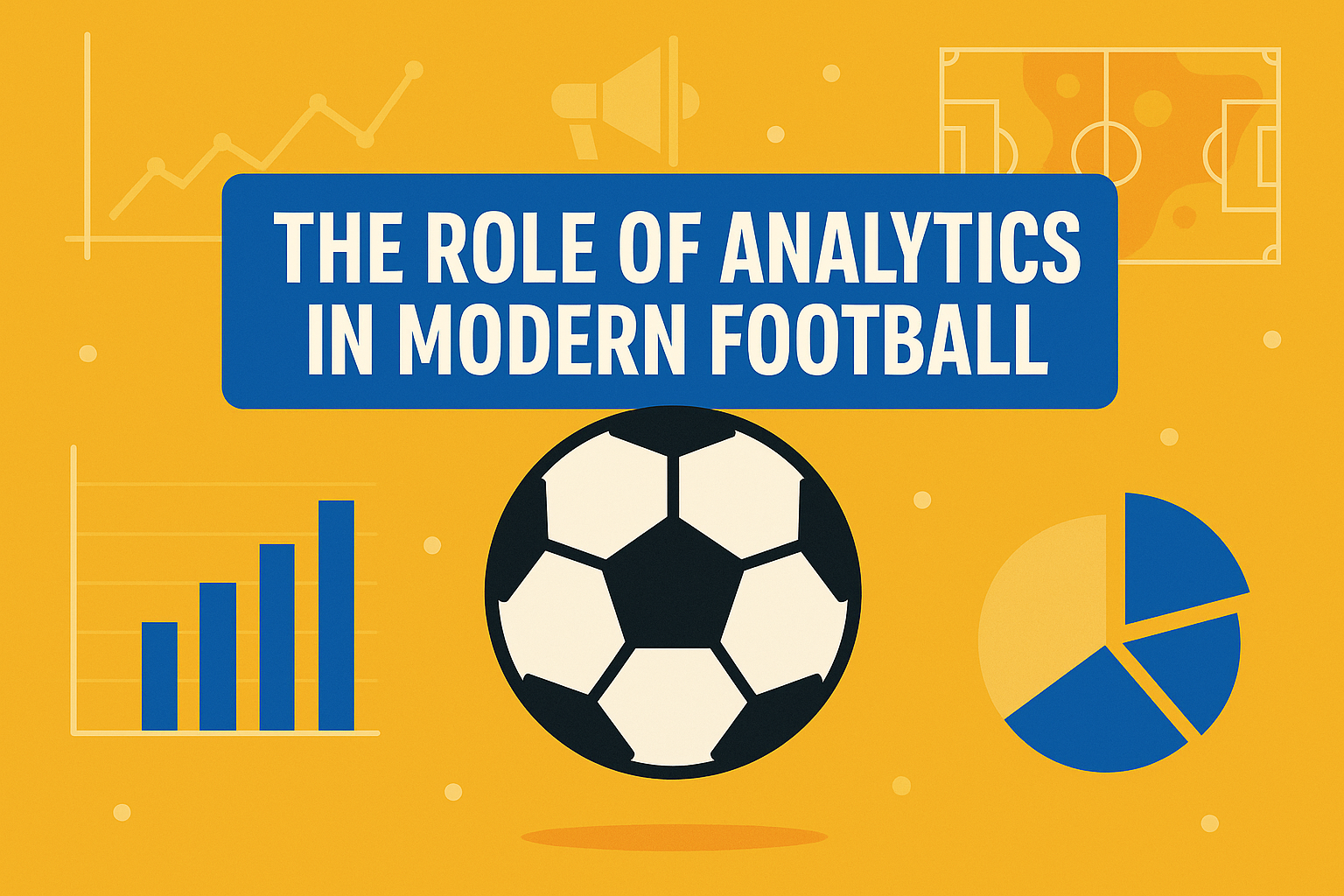⚽ The Role of Analytics in Modern Football (Or Why Your Spreadsheet Might Be Smarter Than Your Striker)
Hey there, fellow football fiend!
Remember the good old days when a scout judged a player by how hard they could kick a ball, how long they could run without wheezing, and how angry they could make the ref? Yeah… those were the days. But fast forward to today, and now we’ve got data analysts, xG, heat maps, and more spreadsheets than goals in a Burnley match (no offense, Burnley).
Let’s break down how analytics is changing the beautiful game—and have a little fun with it too.
📊 Football, But With Graphs
Once upon a time, stats meant goals, assists, yellow cards, and—if you were feeling wild—possession percentage. Now? We’ve entered the era of “Expected Goals” (xG), pressing efficiency, and something called “progressive carries.”
Basically, your favourite manager now has more dashboards than a Formula 1 team. Pep Guardiola probably has a spreadsheet that tells him how much gel Kevin De Bruyne should use for optimal aerodynamics.
🧠 Coaches: From Shouting to Strategizing
Modern coaches don’t just yell “RUN!” anymore. They want to know how many high-intensity sprints a player can manage before turning into a puddle. With analytics, they can track:
- Player fatigue
- Recovery rates
- Decision-making under pressure
- And how often your left-back mysteriously drifts to the hot dog stand mid-match
Data is now used to fine-tune tactics and line-ups like a FIFA Ultimate Team, except… it’s real life and slightly less rage-inducing.
🤖 Scouting Like a Nerdy Ninja
Scouts used to wear trench coats and sunglasses, lurking in cold stadiums with notepads. Now? They sit behind six monitors in a data bunker watching footage of an 18-year-old left-footed Icelandic winger who averages 2.4 nutmegs per game.
Analytics has helped clubs discover hidden gems (and avoid expensive flops). Think of it like Tinder for footballers—except instead of swiping left, they analyze heat maps and sprint speed.
🎯 Transfers: Less Guesswork, More Graph Work
Gone are the days of panic-buying a striker because “he looks tall and mean.” With analytics, clubs can predict how a player will fit into their system. Does he press high? Does he pass backwards 90% of the time (hello, sideways merchants)? Is he likely to peak at 28 or retire mentally at 23?
Clubs use this info to save millions—and also to look really smug when a €5m signing turns into a goal machine.
💡 Even Fans Are Getting Nerdy
Let’s be honest, you’ve probably looked up your team’s xG after a frustrating 0–0 draw just to feel like justice was on your side. (Spoiler alert: it rarely helps.)
Thanks to sites like FBref, WhoScored, and Opta, fans now argue about more than just “who’s better—Messi or Ronaldo.” Now it’s “who has the higher expected assists per 90 minutes adjusted for the phase of the moon.”
🛠️ The Downside? Beware the Data Overload
Yes, analytics is awesome. But let’s not forget—football is still a game of chaos. A perfectly weighted xG doesn’t guarantee a goal (ask Timo Werner). Sometimes a 40-yard screamer beats all your models and logic.
The real magic lies in blending data with intuition, grit, and occasionally a lucky deflection off someone’s backside.
⚽ So… What’s the Verdict?
Analytics is the silent 12th man. It’s not taking the soul out of football—it’s just giving it a GPS tracker, heart rate monitor, and a snazzy PowerPoint.
Football’s still beautiful, still unpredictable—but now it comes with better bar charts.
Final Whistle 🕹️
Whether you’re a data geek, a die-hard fan, or just here for the memes, one thing’s for sure: analytics is here to stay, and it’s changing how we see the game.
Now excuse me while I calculate my snack consumption per match minute. Spoiler: I’m elite level.


Leave a Reply